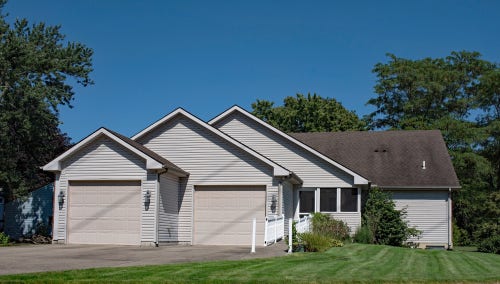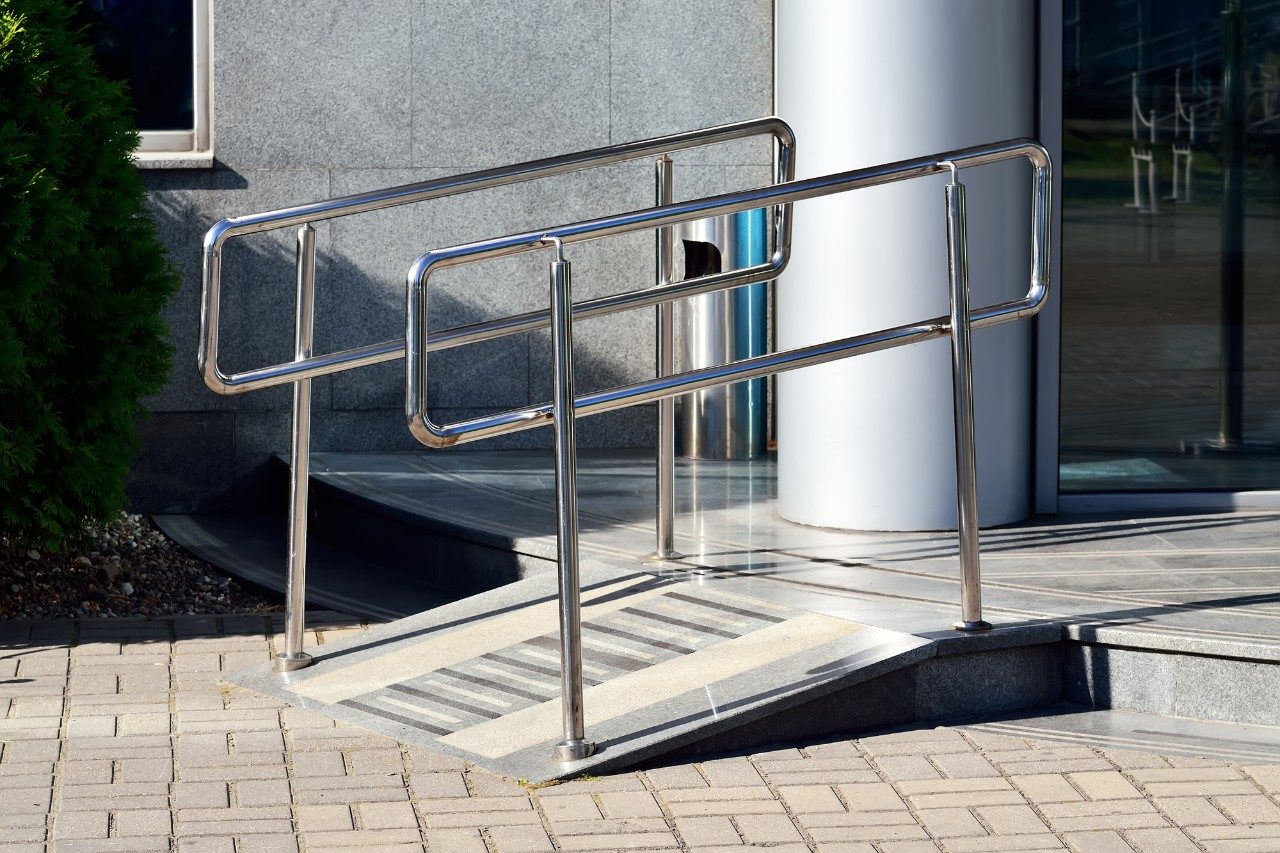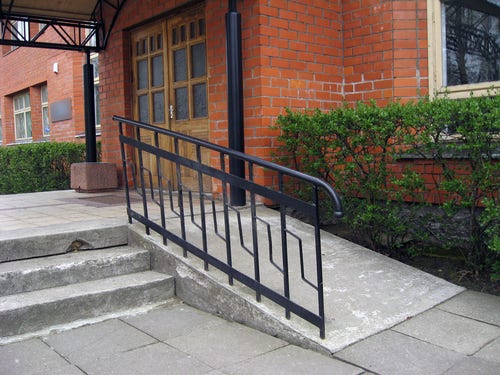
How to Build a Wheelchair Ramp
In the United States, all new public buildings must include wheelchair access as part of the Americans with Disabilities Act (ADA). Wheelchair ramps provide people with disabilities with easy access to both public and private facilities. Handicap ramps can be permanent, semi-permanent, or portable. Keep in mind that a permanent structural wheelchair ramp will require engineering and/or carpentry skills and may require additional building permits, whereas a temporary portable ramp can be fairly easily constructed on your own. Whether you or someone you know is disabled and needs a handicap ramp for home use, or you're a business owner who needs to facilitate easy access to your building, learning how to build a wheelchair ramp can help make your building accessible and compliant with ADA regulations.
Decide on the Location of the Ramp
Location is extremely important when building a wheelchair ramp. It determines how big you can make the ramp, and how easily accessible it will be. Before building a wheelchair ramp, you’ll want to consider the ramp location. Ideally, choose the most used entrance, and make sure the surrounding ground is flat for those using mobility aids.
Estimate the Cost of the Wheelchair Ramp
Building a wheelchair ramp can be pricey if you use expensive materials and don’t plan ahead. Make sure you calculate the cost of the ramp beforehand and create a budget to prevent surprise expenses. If you are building a temporary or portable handicap ramp, you may be able to simply estimate the cost of wood and any other necessary supplies. If you are building a permanent fixture, this may require the skills of a carpenter or engineer, which could significantly increase the estimated costs of construction.
Obtain a Building Permit for the Ramp
In some places, a municipal building permit is required prior to the construction of a wheelchair ramp. This varies significantly from one area to another. Look online for your city and county regulations on building permits to determine what guidelines you need to follow before building a ramp. You can also contact your local Public Works office or a similar building code office in your city or county to learn about wheelchair ramp regulations in your area.
What is the Correct Slope for a Wheelchair Ramp?
The slope of a wheelchair ramp will determine the ramp’s overall size, and design, as well as its ease of use. Without properly determining your ramp slope, you could end up with a ramp that’s too steep, and hard for a wheelchair user to navigate. Build a ramp that’s not steep enough, and you’ll end up spending more money to create a ramp that’s unnecessarily long.
You’ll need one foot of ramp length for every one inch of stair rise. This means, if you have a step that is eight inches tall, you’ll need a ramp that is at least eight feet in length.
How Do You Build a Wheelchair Ramp with a Landing?
When measuring how much material you need for a ramp it is important to factor in landings. There are three primary types of landings for a wheelchair ramp: a top landing, a bottom landing, and an intermediate landing. To meet ADA-compliance requirements, your ramp will need a landing for every 30 inches in ramp rise. If your ramp rises more than 30 inches, you will need one or more intermediate ramp landings. Ramp landings can be constructed using batter boards.
For the safety of disabled individuals, a ramp cannot immediately slope directly outside of a doorway, which is why top and bottom ramp landings are necessary. Top and bottom ramp landings should measure at least the width of the ramp by approximately 48 inches in length if the ramp will be used by a walker, or 60 to 72 inches in length if the ramp will be used primarily by a wheelchair user. Make sure the bottom landing and ground are as close to flush as possible to prevent tripping or safety hazards for those using mobility aids.
Install Ramp Safety Features
Handrails and guardrails are important components of most wheelchair ramps. They can ensure the wheelchair user doesn’t fall out of the chair or slip off of the ramp. The height and thickness of the rails should be determined by the height of the ramp user. The typical height range of most handrail locations is between 31 and 34 inches.
How Do You Make a Wooden Ramp?
When choosing the surface for a wheelchair ramp make sure you choose firm, non-flimsy wood that will be able to support the weight you need. 2x4 wood planks should be adequate as long as there is a brace underneath. Make sure the planks are laid flat and evenly to ensure safety. Treated lumber is the most durable against weather, and seasonal changes, and will hold up far better than untreated lumber. It's best to choose medium-length lumber. For 2x4 and 2x6 boards, that means 16 feet or less in length. For 4x4 posts, choose beams that are 10 feet or less in length. Use screws instead of nails because nails can become undone and pose a safety hazard.
Dig Holes for the Ramp Posts
Posts maintain the structure of a wheelchair ramp and keep it stable. It is extremely important to make sure ramp posts are perfectly placed to ensure safety. Cross-brace each post in at least one position in each direction to ensure a stable, safe ramp. The posts should be four inches by four inches in size and should be spaced no more than eight feet apart.
What to Put on a Ramp to Keep from Slipping
Having a nonslip surface is extremely important to ensure the safety of the ramp user. Non-slip surfaces are great for traction in the winter, especially with snow, as they give mobility aid users more traction, so they can comfortably use the ramp.
Portable Wheelchair Ramps
If you don’t have the carpentry skills or time needed to build a wheelchair ramp, don’t worry, portable and semi-permanent ramps are available at most local hardware stores and require less installation time. Portable and semi-permanent ramps can also come with added features like handrails and non-slip coating to make use and installation easier.
Watch SAWs (Servants at Work) volunteers build an entire access ramp on a Saturday morning in Indiana.




